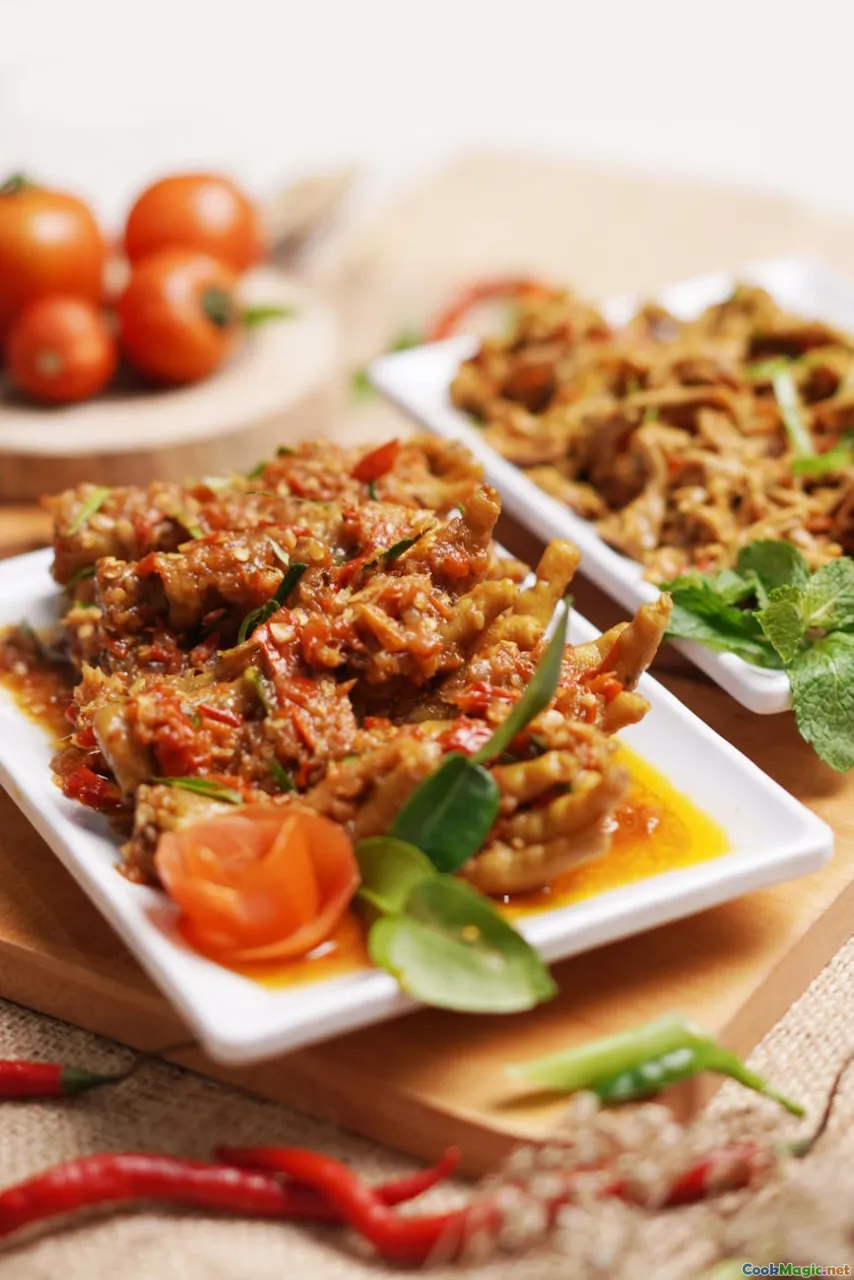Minangkabau Influence on Sumatran Beef Rendang
7 min read Discover how Minangkabau culture shaped the legendary Sumatran Beef Rendang, blending history, tradition, and rich flavors into a culinary masterpiece. April 30, 2025 17:55
Minangkabau Influence on Sumatran Beef Rendang
Imagine a dish so deeply woven into Indonesia’s culinary fabric that it’s recognized worldwide—a dish that embodies the complex dance of spices, patience, and cultural history. That dish is Rendang, and its roots run profoundly through the Minangkabau Highlands of West Sumatra. To fully appreciate Rendang’s grandeur, one must delve into the rich tapestry of Minangkabau culture, history, and culinary mastery.
The Cultural Heart of Minangkabau: A Land of Matrilineal Wealth and Culinary Pride
Nestled in the highlands of West Sumatra, the Minangkabau people are renowned not only for their majestic adat (customs) and distinctive architecture—rumah gadang with sweeping, curved rooflines—but also for their culinary ingenuity. Their society is matrilineal, emphasizing community, tradition, and a deep connection to their land and food.
Food, for Minangkabau, is more than sustenance; it’s a celebration of life, community, and identity. The preparation of dishes like Rendang is a ritual passed through generations, embodying patience, respect for ingredients, and a profound understanding of flavor layers.
Historical Roots and the Spread of Rendang
Rendang’s origins trace back centuries, with evidence suggesting that it was a celebratory dish served during important communal gatherings and ceremonies. Its evolution was influenced by trade, migration, and cultural exchanges across the Indonesian archipelago and beyond.
In the 16th and 17th centuries, the Minangkabau people migrated extensively, bringing their culinary traditions to neighboring regions, especially to coastal ports involved in trade routes. This diaspora helped disseminate Rendang, establishing it as a signature dish of Minangkabau identity.
The Minangkabau Technique: A Culinary Art Form
What sets Minangkabau rendang apart is its meticulous cooking process. It involves slow-cooking beef with a rich paste of turmeric, lemongrass, galangal, ginger, garlic, shallots, and chili peppers, along with coconut milk and a melange of spices.
The process can last several hours, during which the beef absorbs the complex flavors while the liquid gradually evaporates, leaving behind a thick, dark, aromatic coating. The key is patience—allowing the spices to deepen and the beef to tenderize, resulting in a dish that is both intensely flavorful and melt-in-your-mouth tender.
The Flavor Symphony: Sensory Experience of Rendang
The aroma alone is enough to evoke a sense of warmth and nostalgia—spiced, earthy, slightly sweet, with a hint of coconut and a smoky undertone. The texture is unparalleled: tender beef infused with a thick, flavorful sauce that clings to every fiber.
Visually, rendang is a feast for the eyes—dark, glossy, and inviting. It’s often served with steamed rice or traditional Minangkabau rice cakes, completing a harmonious culinary experience.
Social and Emotional Significance
In Minangkabau culture, rendang is more than a dish; it’s a symbol of communal identity and resilience. It’s prepared during festivals, weddings, and communal gatherings, symbolizing unity and abundance.
Sharing rendang is an act of hospitality, a gesture that binds communities and families. The slow-cooking process—sometimes taking an entire day—also reflects patience, dedication, and respect for tradition.
Personal Reflections and Culinary Inspiration
Having traveled through West Sumatra and participated in rendang-making sessions, I’ve witnessed firsthand the reverence and meticulous care that Minangkabau cooks dedicate to this dish. The aromas wafting through their kitchens evoke a sense of history, pride, and familial love.
One memorable experience was observing a matriarch patiently simmering her rendang over a wood-fired stove, her hands deftly managing the spice paste and coconut milk. The result was a rich, dark, aromatic dish that seemed to carry the very soul of Minangkabau heritage.
The Global Footprint of Rendang
Today, rendang has transcended regional boundaries, celebrated worldwide as a culinary icon of Indonesia. Its influence is seen in international gourmet kitchens and food festivals, where chefs adapt and reinterpret its techniques.
Yet, true rendang remains rooted in its Minangkabau origins—a testament to cultural resilience and culinary artistry. Whether served during a family feast in Padang or in a modern restaurant in New York, rendang continues to tell the story of Minangkabau’s rich history and vibrant culture.
Conclusion: A Culinary Legacy Worth Preserving
The Minangkabau influence on Sumatran beef rendang is profound and enduring. It is a dish that encapsulates the essence of a people—patience, respect for tradition, and a mastery of spice and slow-cooking techniques.
As we savor each bite of rendang, we partake in a centuries-old tradition, a cultural dialogue that bridges generations and geographies. It’s more than just a meal; it’s a celebration of Minangkabau identity and the universal language of good food.
Whether you’re a seasoned chef or an enthusiastic home cook, embracing the principles behind Minangkabau rendang offers a delicious, meaningful journey into Indonesia’s rich culinary heritage. So next time you enjoy this iconic dish, remember the centuries of history, culture, and love simmering in every tender bite.









